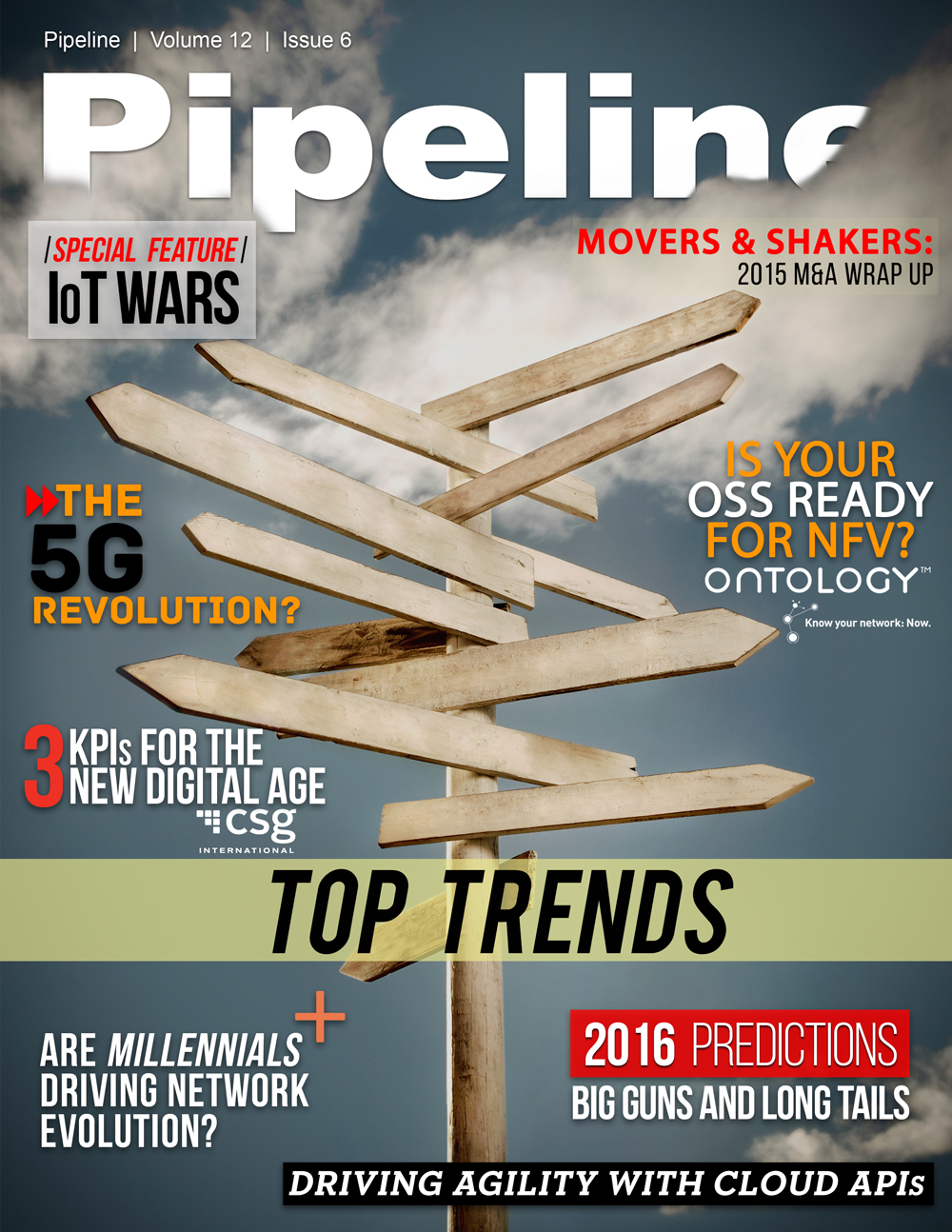Three KPIs for the New Digital Age
Today’s digital world requires a new way of thinking about the people, process and technology as enablers of the customer journey; and often, the cloud offers a new level of agility and flexibility to shape services in new ways that allow the provider to capitalize on market conditions.
For example, in considering how to attract a younger generation of consumers, Comcast’s Xfinity On Campus was born to allow students at universities in the U.S. to watch live TV and on-demand content on IP-enabled devices including, laptops, tablets, and smartphones - without using traditional set-top boxes. Students can access thousands of current-season TV shows, hit movies, and premium sports content, all using their university credentials.
By facilitating key components of this offering from the cloud, CSG supports the sale of premium services, such as HBO and Showtime, and also handles recurring payments for the premium subscription services students select through an e-Wallet that stores credit cards, gift cards, PayPal accounts and other payment options.
CSG also supports a “bring your own device” model, a storefront that presents Comcast’s video catalog and pricing, offers browsing and selection of titles, and manages the subscriber’s digital rights in the cloud. Xfinity On Campus offers a tailored experience for “cord nevers” that allows Comcast to build brand loyalty among these customers and capture new revenue streams.
Emerging Priority: Better Enable Innovation
To pave the way for the growth and monetization of digital services, providers will place new priority on simplifying operations and driving cost and structure from the OSS and BSS stack.
Proper alignment of the "ordinary" and the "extraordinary" is a challenge; but striking a balance between protecting traditional services revenue and creating a new, agile approach to the digital services business is a balance that’s critical to the provider’s long-term success.
A study led by Technology Business Research shows the appetite for managed services, as a solution to this challenge, will continue to grow — in fact, TBR predicts that the IT outsourcing managed services market in the telecom industry is expected to exceed $12 billion by the end of 2016. TBR’s research shows the trend toward managed services is growing worldwide, driven by the need to innovate faster to retain customers, deepen the variety of products and services, and often to expand the reach of services to new geographic markets.
A good managed services partner will do more than operate existing infrastructure at a lower price. A good managed services partner will leverage domain expertise, best practices, tools and automation to materially reduce TCO while maintaining or improving the quality of operations.
Successfully managing both legacy and next generation networks and services will only become even more imperative as the consumption of mobile services continues its hockey stick growth. According to Cisco, global mobile devices and connections in 20014 grew to 7.4 billion—up from 6.9 billion in 2013. Smart phones accounted for 88 percent of that growth, with 439 million net additions last year. And Cisco predicts that global mobile data traffic will increase nearly tenfold between 2014 and 2019.
While lowering costs is an integral part of managed services, it isn’t the only one. Managing change effectively is a critical component as well while CSPs are experiencing business transformation at all levels – from business models to people, process and technology. CSPs say they are looking for experts to not only run core systems, but also to help manage this wave of change. As a result, they are increasingly looking to partners to play this role. And it makes complete sense. Why not entrust the companies that actually make the platforms to operate, optimize, maintain and evolve them?
Through these managed services partnerships, providers gain trusted partners who can play a long-term role in supporting their business today while planning for the future and helping to manage future risk.
Into 2016 and Beyond
As business transformation in the telecom industry continues to unfold, the balance between ‘ordinary’ and ‘extraordinary’ will continue to be a critical factor in the journey toward becoming a digital service provider. Those providers that can align their priorities from the front-end QoE to a streamlined and efficient model across people, process and technology will be best positioned for success in the New Year and beyond.



















